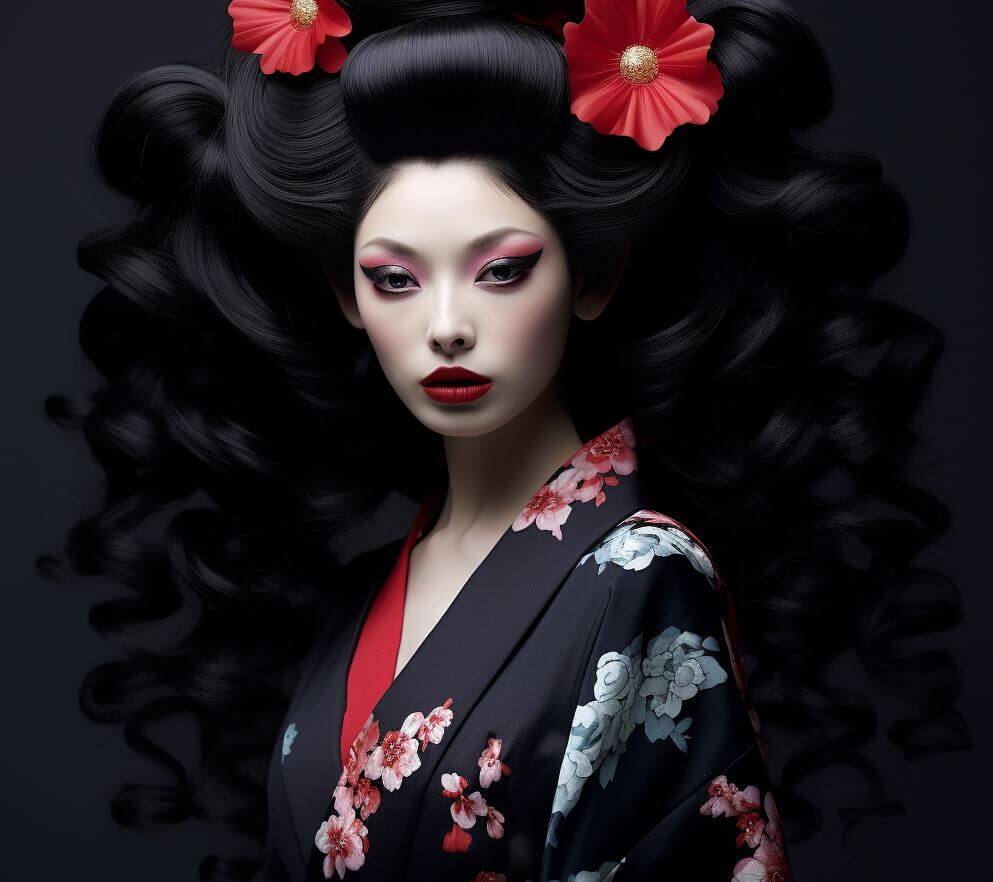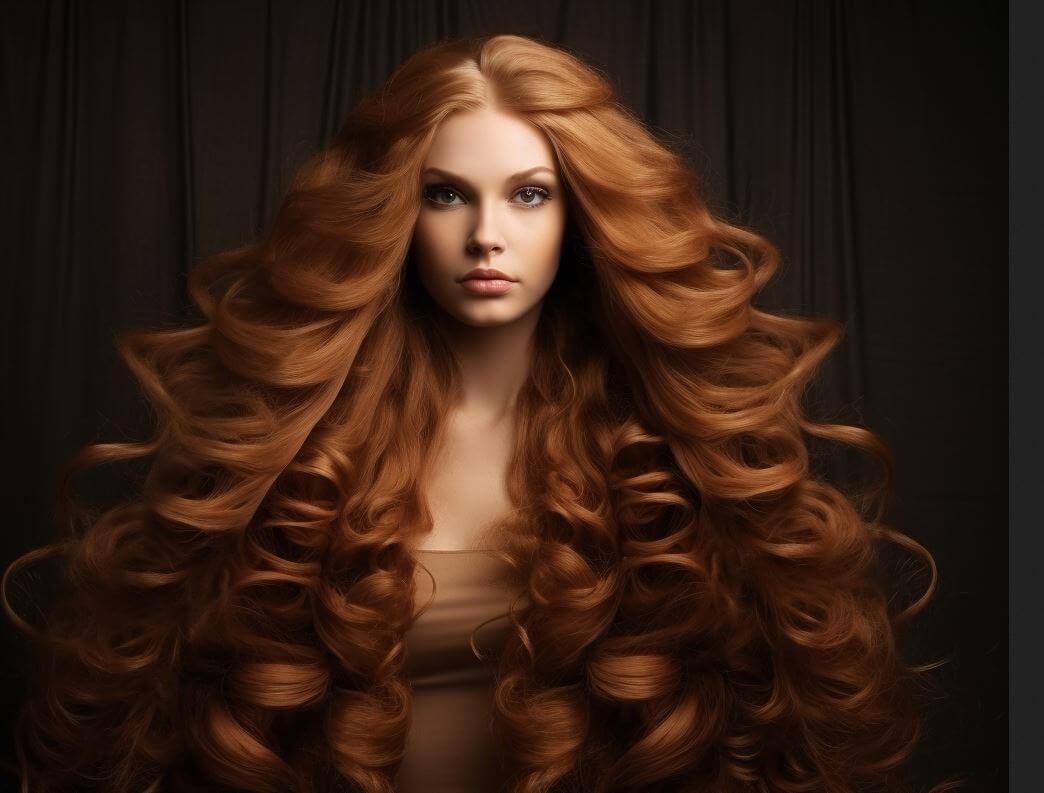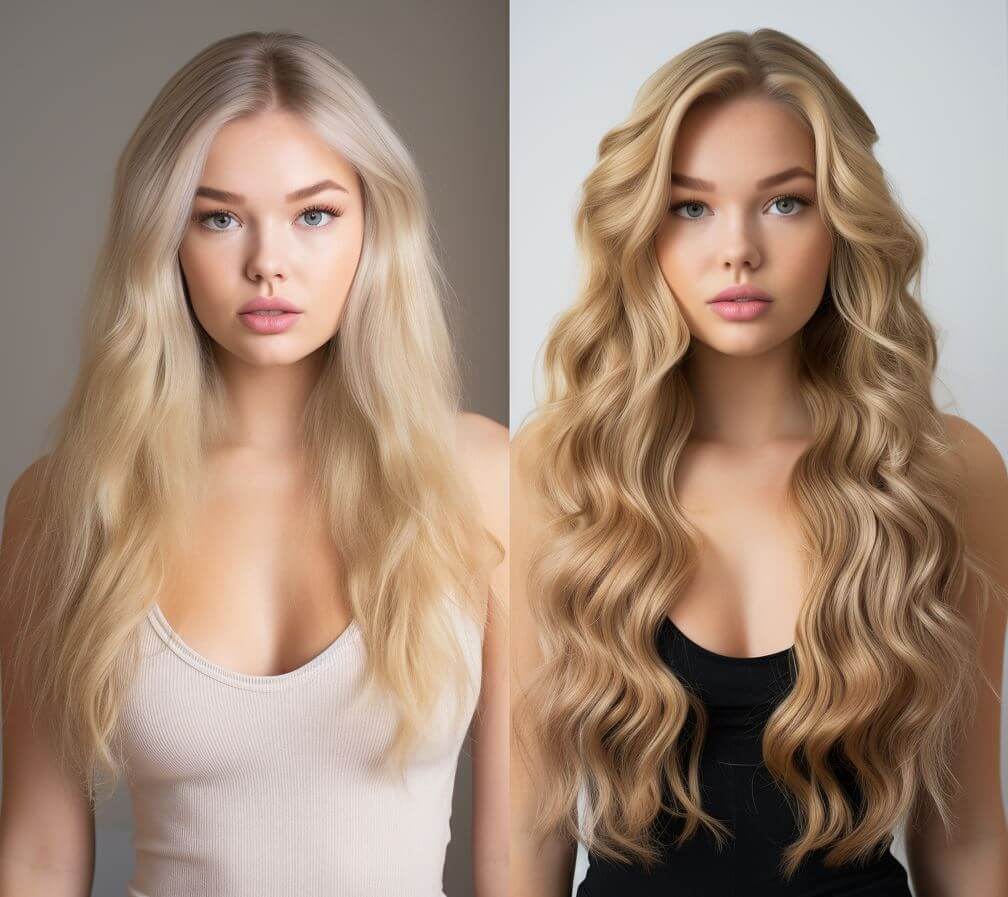The history of hair extensions is as rich and colorful as the variety of styles and textures they come in today. From the elaborate hairpieces of ancient civilizations to the sleek, modern extensions popularized by celebrities, the evolution of hair extensions mirrors the ever-changing trends in beauty and fashion. This 1200-word blog post delves into the fascinating journey of hair extensions through time and their rise in popularity in contemporary culture.
The Ancient Roots of Hair Extensions
The story of hair extensions begins in ancient civilizations, where they were more than just fashion statements. In Ancient Egypt, hair extensions were used for both aesthetic and practical purposes. Egyptians, known for their attention to beauty and hygiene, often shaved their heads to avoid lice and wore wigs and hairpieces made from human hair, wool, or palm leaf fibers. These hairpieces were not only a fashion accessory but also a status symbol, with elaborate designs reserved for pharaohs and the elite.
Across the globe, in ancient Japan and China, hair extensions were also prevalent. Geishas in Japan used hairpieces to create their iconic hairstyles, which were intricate and symbolic. In China, hair extensions were commonly used during the Tang Dynasty, signifying wealth and social standing.

The European Influence
The trend of hair extensions found its way to Europe during the Renaissance period. Wigs and hairpieces became immensely popular among European nobility. The 17th century saw the rise of elaborate wigs in France under the influence of King Louis XIV, who wore wigs to hide his balding head. These wigs were often powdered to appear white, a trend that became synonymous with wealth and class in European society.
The Victorian era brought a more subdued approach to hair extensions. Hairpieces were used to create the illusion of fuller, more luxurious hair. Women in this era would collect their fallen hair from brushes to create ‘rats’ or ‘mice’, which were hairpieces used to pad out their natural hair.
The African-American Hair Movement
Hair extensions have played a significant role in African-American hair culture. In the 1950s and 1960s, amid the civil rights movement, hair was not just a matter of style but also of political significance. Many African Americans wore their hair naturally as a sign of pride and rebellion against conformist beauty standards.
However, in the 1970s and 1980s, hair extensions became popular in African-American communities as they provided versatility and the ability to experiment with different styles without altering natural hair. This era saw the introduction of braids, cornrows, and weaves that allowed for creative and protective styling options.
The Modern Era of Hair Extensions
The 1990s marked a significant turning point in the history of hair extensions. With advancements in technology and the hair industry, extensions became more accessible and affordable. Celebrities began to openly use hair extensions, which contributed significantly to their popularity. Stars like Christina Aguilera, Britney Spears, and Jennifer Lopez were among those who popularized various extension styles, from subtle highlights to dramatic length changes.

The Technology and Innovation Behind Modern Extensions
Today, hair extensions are more sophisticated and varied than ever before. The development of new application techniques such as tape-in, micro-link, and fusion extensions has made them more accessible and comfortable. The introduction of high-quality synthetic fibers has also provided more options for those seeking affordable alternatives to human hair extensions.
Hair Extensions in Pop Culture and Media
The influence of pop culture and media cannot be understated in the popularity of hair extensions. The early 2000s saw an explosion in the extension trend, heavily influenced by celebrities, musicians, and television personalities. Reality TV shows and social media influencers have also played a crucial role in showcasing the versatility and beauty of hair extensions, making them a staple in beauty routines worldwide.
The Role of Social Media and Influencer Culture
The advent of social media has brought hair extensions into the spotlight like never before. Platforms like Instagram and YouTube have given rise to beauty influencers who regularly use and review various types of extensions. This has not only normalized the use of extensions but also made them more accessible to a broader audience.

Ethical Considerations and the Future of Hair Extensions
As the demand for hair extensions has grown, so have concerns about their sourcing and ethical production. The industry has faced criticism for unethical practices, including exploiting hair donors. In response, there has been a movement towards more ethical sourcing and transparency in the hair extension industry.
Looking forward, the hair extension industry is set to evolve further with advancements in technology and a growing emphasis on ethical practices. The future may see the development of even more natural-looking, comfortable, and sustainable hair extension options.
Conclusion
The journey of hair extensions is a testament to the ever-evolving nature of beauty and fashion. From their roots in ancient civilizations to their modern incarnations, hair extensions have come a long way. They have transcended time, culture, and social classes to become a beloved tool for self-expression and
